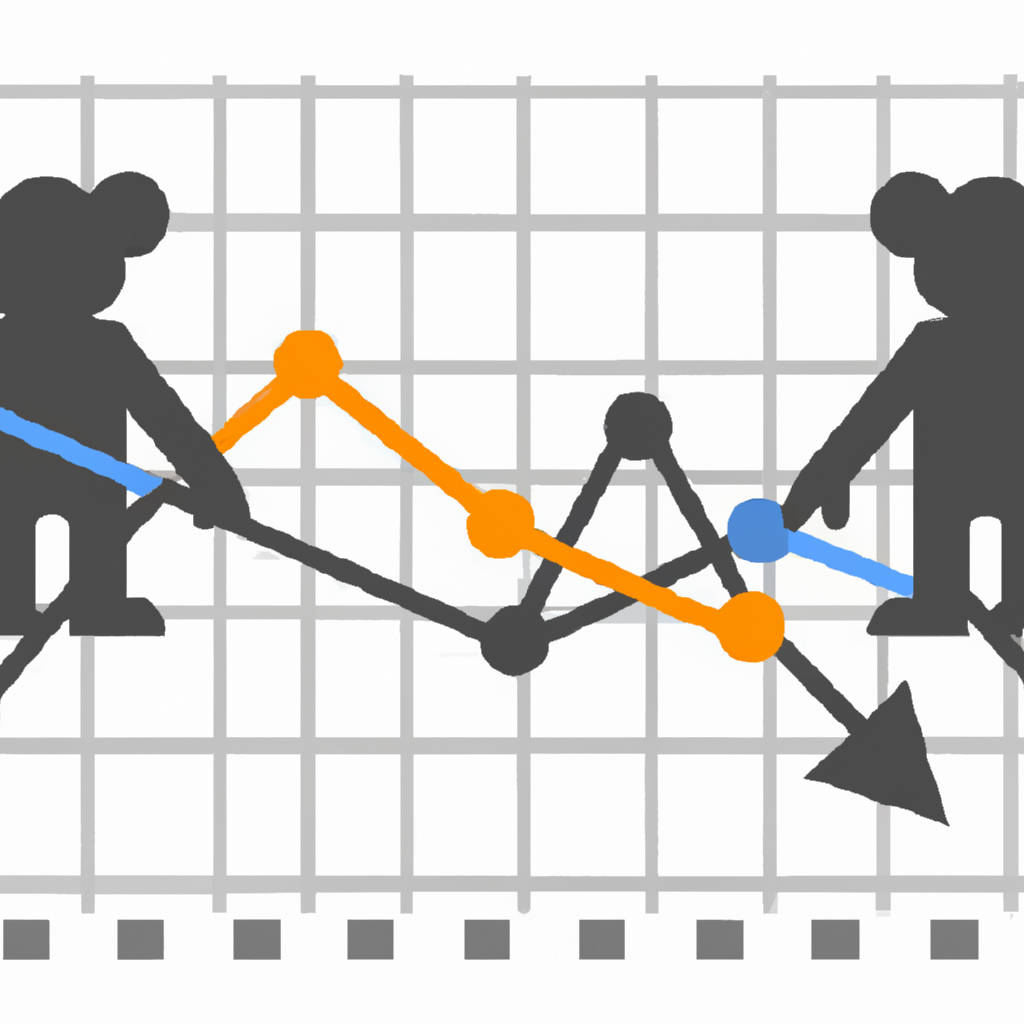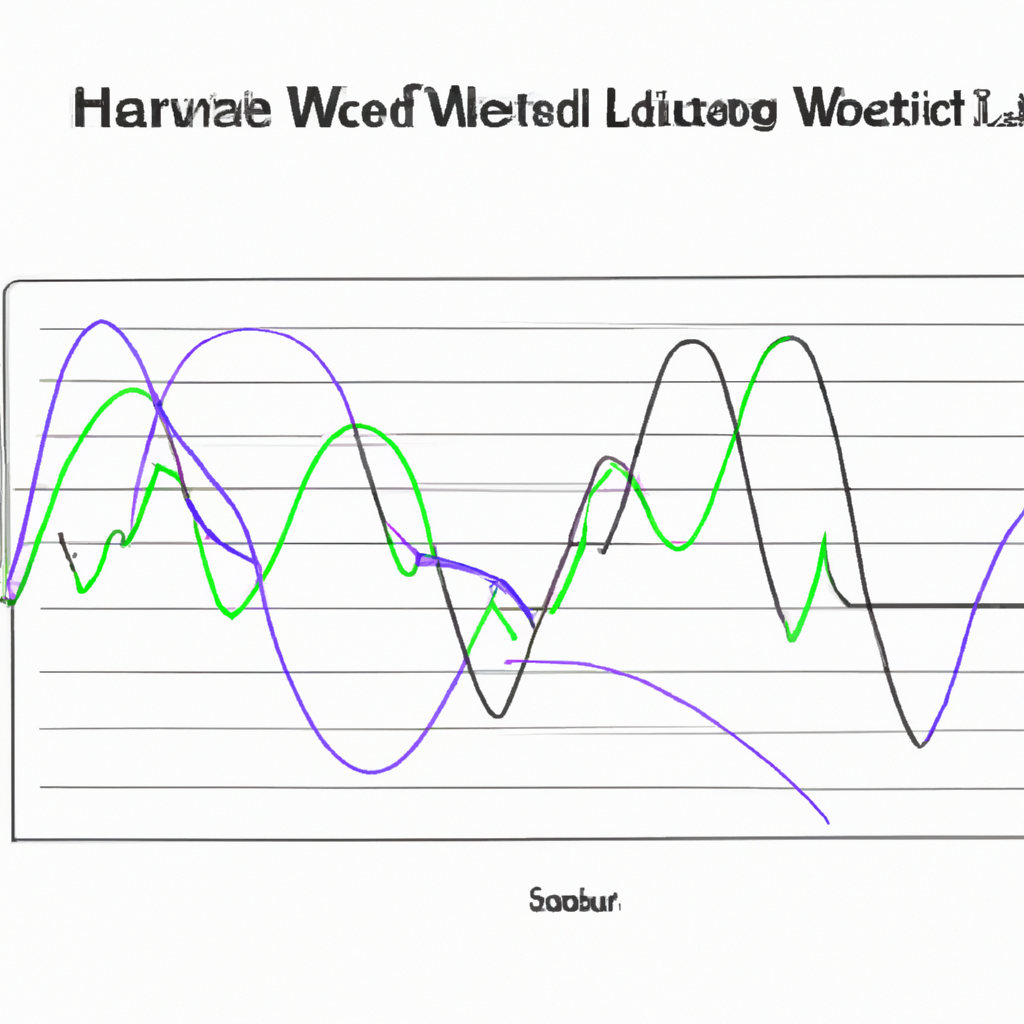Introduction
The Bollinger Band squeeze technique is a popular technical analysis tool used by traders to identify potential breakouts in the market. This technique is based on the concept of volatility contraction and expansion, which can provide valuable insights into future price movements. In this article, we will explore the Bollinger Band squeeze technique and how it can be effectively used in trading strategies.
Understanding Bollinger Bands
Bollinger Bands are a type of technical analysis indicator developed by John Bollinger in the 1980s. They consist of three lines plotted on a price chart: the middle band, which is a simple moving average (typically 20 periods), and an upper and lower band that are plotted at a certain number of standard deviations away from the middle band.
Volatility Contraction and Expansion
The Bollinger Band squeeze technique is based on the observation that periods of low volatility are often followed by periods of high volatility. When the price starts to consolidate and the distance between the upper and lower bands narrows, it indicates a contraction in volatility. This contraction is known as the Bollinger Band squeeze.
During a squeeze, the price is typically confined within a tight range, and the Bollinger Bands appear to be “squeezing” the price action. Traders use this period of low volatility to anticipate an impending breakout, as it suggests that a significant price move may be on the horizon.
Identifying a Bollinger Band Squeeze
To identify a Bollinger Band squeeze, traders need to monitor the width of the Bollinger Bands. When the width of the bands reaches a six-month low, it indicates a potential squeeze. Traders can use various technical indicators, such as Bollinger Bandwidth or percentage bandwidth, to quantify the width of the bands and identify squeeze conditions.
Confirmation Indicators
While the Bollinger Band squeeze can provide valuable insights into potential breakouts, it is always advisable to use confirmation indicators to validate the signals. Traders often combine the Bollinger Band squeeze technique with other technical indicators like volume analysis, trendlines, or oscillators to increase the probability of successful trades.
Trading Strategies using Bollinger Band Squeeze
Once a Bollinger Band squeeze is identified, traders can employ various strategies to take advantage of potential breakouts. Here are a few common approaches:
Breakout Strategy
In this strategy, traders wait for the price to break out of the Bollinger Bands after a squeeze. A breakout above the upper band indicates a bullish signal, while a breakout below the lower band suggests a bearish signal. Traders can enter long or short positions accordingly and set stop-loss orders to manage risk.
Volatility Expansion Strategy
Another approach is to anticipate a volatility expansion after a squeeze. Traders can enter positions in the direction of the breakout as soon as the price moves outside the Bollinger Bands. This strategy aims to capture the initial momentum of the price move and can be particularly useful in fast-moving markets.
Mean Reversion Strategy
Contrary to the breakout strategy, this approach assumes that the price will revert to the mean after a squeeze. Traders take positions opposite to the breakout direction, expecting the price to return to the middle band. This strategy can be effective when the price has experienced an extended period of consolidation.
Conclusion
The Bollinger Band squeeze technique is a valuable tool for traders to identify potential breakouts and anticipate future price movements. By understanding the concept of volatility contraction and expansion, traders can use Bollinger Bands to gain insights into market conditions and develop effective trading strategies. However, it is important to use confirmation indicators and risk management techniques to increase the probability of successful trades. As with any technical analysis tool, it is recommended to practice and backtest strategies before implementing them in live trading.



